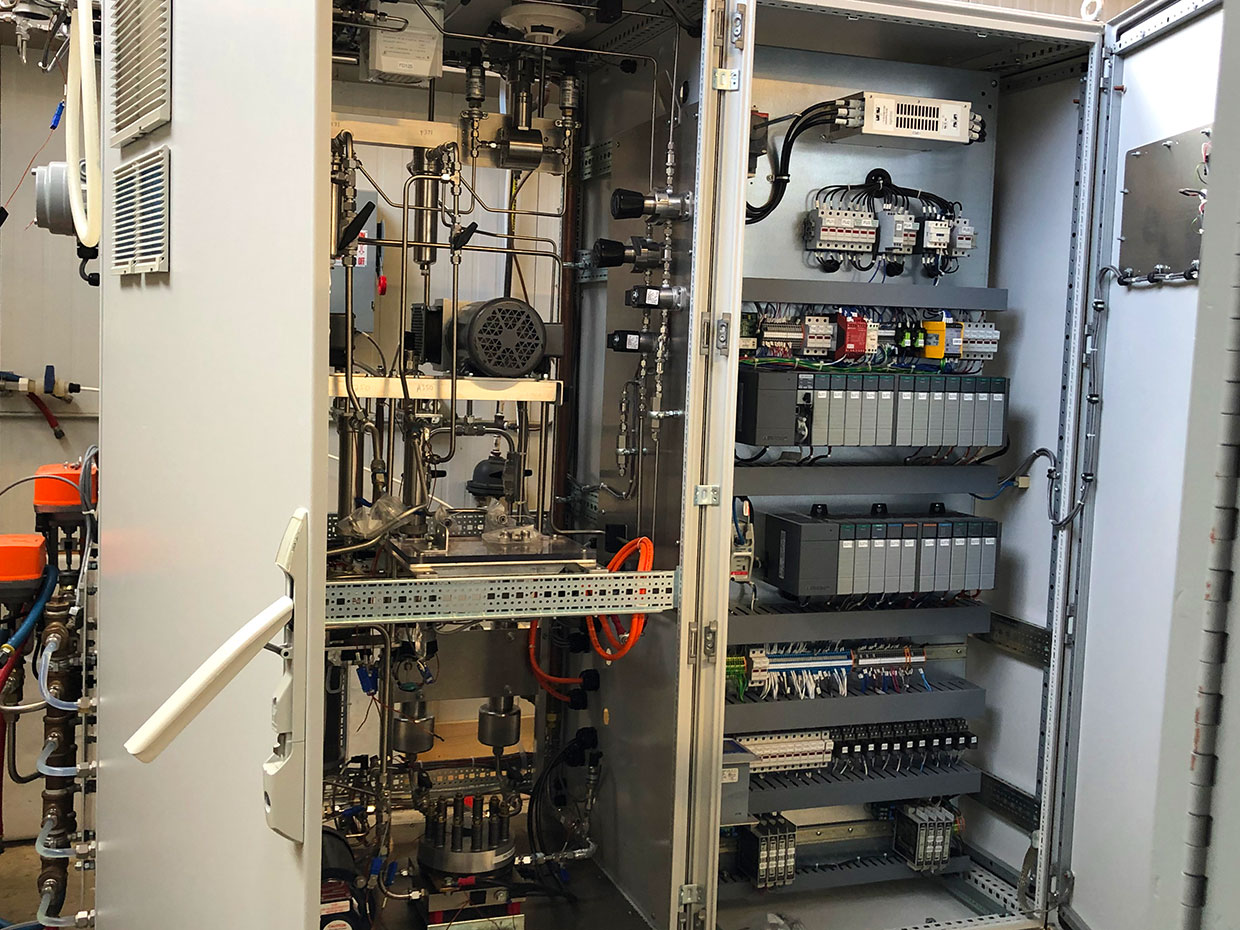With just seven days left until it has to make a decision on the $1.13bn sale of the .org registry to a private equity firm, DNS overseer ICANN appears in chaos.
In a series of communications from senior executives, ICANN has embarked on a public negotiation with potential buyer Ethos Capital over the sale of the domain, while at the same time aggressively questioning its corporate structure.
A blog post from ICANN’s CEO Goran Marby late last week highlighted revised “public interest commitments” (PICs) that Ethos Capital had published as a way to resolve ongoing concerns over the sale, and gave the clear signal that ICANN is intending to approve the deal on April 20.
There has been a clear negotiation between the two sides: Marby’s post came one day after an email from Ethos’ lawyer (since published [PDF] noted that the new changes were in direct response to a letter from ICANN sent just a few days earlier. “In making these changes, they specifically focused on changes that go to the clarity and enforceability of the PICs as you mentioned,” Ethos noted.
At the same time as it is moving forward on a deal, however, ICANN continues to dig [PDF] into Ethos Capital’s unusual corporate structure: something that critics say is no more a corporate shell game designed to hide the true owners of the company.
ICANN is also looking at its financing of the deal, which financial experts have warned is typical of a debt-leveraged buyout where a founding firm is saddled with debt after the financiers walk away with a healthy profit.
Debt pile
“Can you please provide more detail on PIR’s current plans with respect to the repayment of the $360m term loan at the maturity date in light of Ethos Capital’s ten plus investment horizon for PIR?,” reads just one of dozens of pointed questions in a letter from ICANN to the company nominally in charge of .org, Public Interest Registry (PIR).
Another makes it plain that ICANN believes information is being hidden: “ICANN has specifically requested that PIR provide the entities and individuals that will ‘control’ PIR post-transaction as that is defined in PIR’s registry agreements. PIR has provided some information regarding share ownership but has not provided the specific information regarding ‘control’.”
There are no less than six different companies involved on the Ethos side of the transaction, all of them based in Delaware, a common base for shell companies, and all but one was incorporated on the same day, October 24, 2019.
In addition to Ethos Capital LLC, which was incorporated in May – the day after ICANN made it clear it was planning to remove price caps on .org domains in a decision worth tens of millions of dollars – there is also Ethos Purpose GP, LLC, and then four “Purpose Domains” companies: Purpose Domains Direct, Feeder, Holdings and Investments.
ICANN has asked for the directors of each of these companies and the structural connections between them but from published letters from Ethos and ICANN is it clear that Ethos has been withholding specific pieces of information.
Public interest
In addition to this mixed message, ICANN has still not outlined its decision-making process despite repeat calls from the internet community, including the world’s governments, to do so.
There is an obvious public interest in the sale of millions of .org domains but ICANN has repeatedly failed to say how or whether it will factor that in its decision. At a recent public meeting its general counsel failed to use the term “public interest” when discussing how a decision would be made; an omission that prompted the Governmental Advisory Committee (GAC) to pointedly note [PDF] that the ICANN Board had told it that “all options remain open and that the Board will consider the public interest in its decision-making.”
However, when PIR argued that ICANN only had grounds to reject the sale on issues of “security, reliability, or stability of services,” ICANN pushed back saying that it would not accept “any artificial restriction,” and noted “the obvious importance to the public interest of its operation.”
ICANN changes tune however when other groups point to “public interest” as a key reason for denying the sale. In his most recent letter to the GAC [PDF], ICANN’s chair Maarten Bottermann said that the organization “will apply a standard of reasonableness in making its determination on whether to provide or withhold its consent to the request.”
In a second sentence, he then notes that “the ICANN Board will continue to consider the public interest in all its decision-making using the totality of the information received.”
The difference between “apply” and “consider” is not lost on those watching the process; nor is the fact that ICANN has failed to define the term “reasonableness,” despite it now being the main factor of consideration.
[…]

